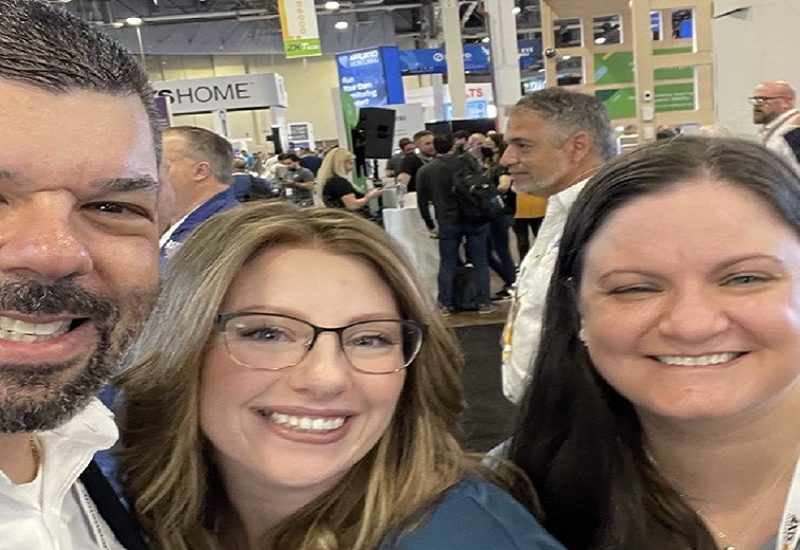Are You Making the Most of Your Time?
Are you making the most of your time? How often do you find yourself struggling to keep up with demands, racing around to get things done, and longing for some time to catch your breath in order to focus on what you want or need to do? If you are like me, it describes the day-to-day existence.
We live for the adrenaline rush of fast paced activity, the serotonin of feeling needed, the dopamine of accomplishing a goal, and the endorphins from doing something that you enjoy. These hormones fuel sustained activity, focus, and productivity at work and in daily life.
However, during quieter times, it is becomes increasingly difficult to harness these feeling and behaviors without significant discipline and self-motivation. Unfortunately, human behavior kicks in and the lack of internal chemicals and responses fueling our addiction makes it harder to get things done.
Why is it so hard to be stay productive when we have downtime?
The answer is because the reward or consequence associated with getting or not getting things done is not great enough. Tasks that are more of a “nice to have” than a “must do” take a lot more commitment to get done. It’s not until these items become a bigger need, festering issue, and/or have a greater negative impact that they are addressed.
At work, tasks as simple as cleaning your desk, organizing your email, completing paperwork, or purging your files only get attention when something is lost or missing, when they present a real obstacle in productivity, when the frustration level of not doing them finally hits a tipping point, or when a deadline is looming. In the end, these needs that are conveniently set aside when you’re too busy still don’t get addressed when time allots. The simple reason is because they are uncomfortable, challenging, and don’t offer the same release of the happiness hormones that other accomplishments provide.
In order to avoid falling into the trap of downtime productivity loss, here is a helpful strategy for maintaining focus, capitalizing on opportunity, and sustaining the feeling of accomplishment:
- Dedicate a block of 15-30 minutes to brainstorm and generate a list of all the things that you need to, want to, or can possibly do. This may include everything from returning emails and phone calls to updating the contacts in your database to reading a professional development book to learning a new skill through an online course.
- Once that list is created, sort the items into the following four categories:
* High Benefit and Low Effort
* High Benefit and High Effort
* Low Benefit and Low Effort
* Low Benefit and High Effort - Within each category, predict an approximate time it would take to complete each item and sort the items by the time required from lowest to highest.
- Go through each item and note a value, outcome, or reward for completing that particular task or goal.
- Next, associate a consequence or result that may occur for each item if that task or goal is not completed.
- Start to eliminate items that don’t have much value or significant consequence by drawing a line through them.
- Assign priority to the items starting with those in the High Benefit and Low Effort category then move to Low Benefit Low Effort before investing time on the High Benefit and High Effort category. The Low Benefit and High Effort category should be highly scrutinized and likely eliminated.
- List items based on priority and schedule them in your day using the predicted time required to complete it.
- Finally, use the consequence, benefit, or reward as motivation which will in turn feed the craving for adrenaline, serotonin, and dopamine.
For many busy and highly productive people, having downtime can be concerning and unnatural. Therefore, when it’s available, it’s critical to have a plan for putting it to good use. Maintaining a task list on a daily or weekly basis will help to capitalize on even the smallest windows of availability as they appear.
Remember to keep in mind how much you long for just a little downtime when you are busy. When you have that time available, be sure to put it to good use!
How can Control Concepts help you increase your productivity or capitalize on your downtime? We are facing some of the same types of challenges and it is good to hear from others who are either in a similar position or need our help. Reach out and share your priorities by contacting us via email, Twitter @ccicontrol, LinkedIn , and Facebook.
We’d be glad to provide support and be your accountability partner.
- Post Tags:
- downtime
- time
- Time Management
- Tips
- Posted In:
- AV Industry Trends





